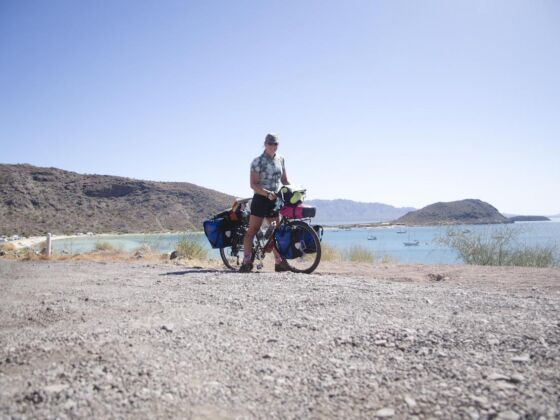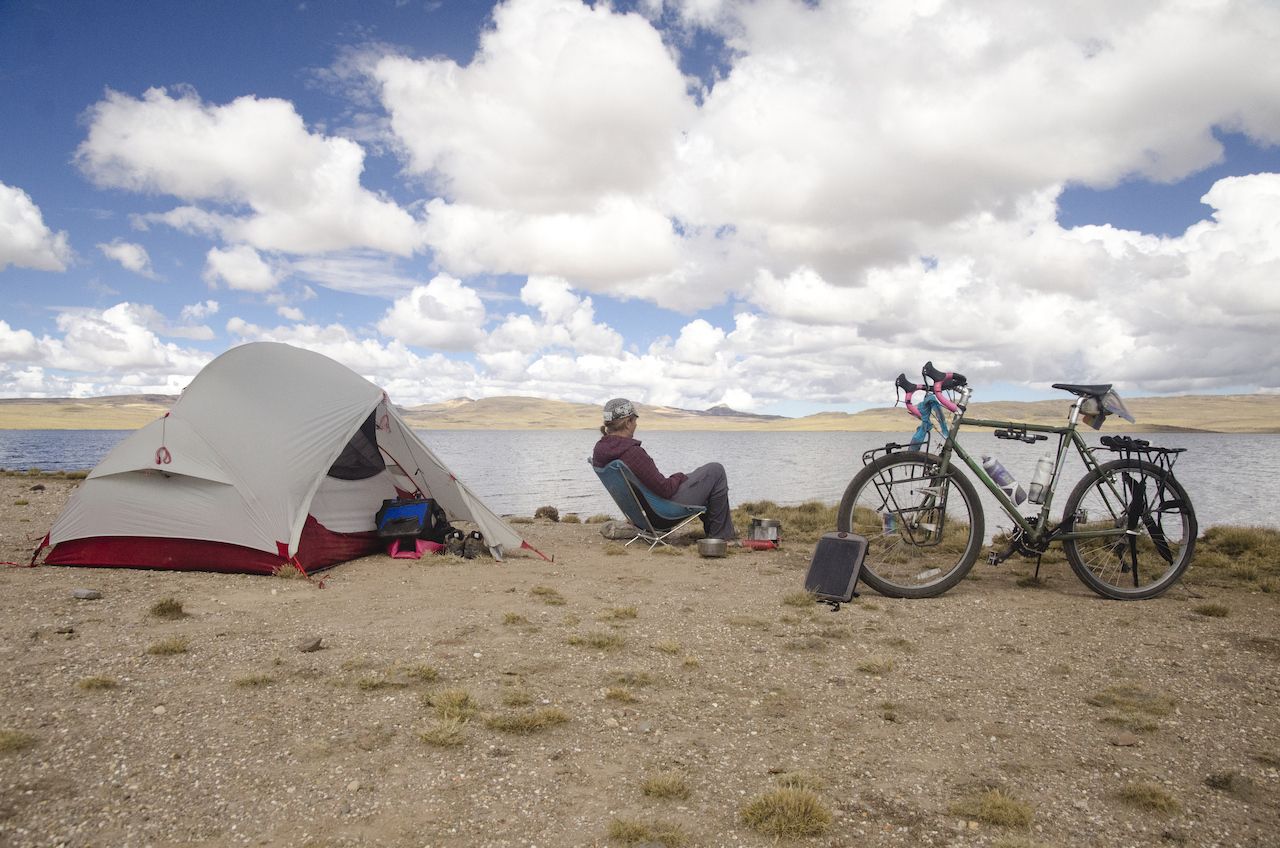The thin air of the high Andes made cycling even relatively flat ground surrounding Lake Titicaca difficult to traverse. At 12,500 feet in elevation, crossing terrain that would be an easy pedal closer to sea level takes an immense amount of energy. After slowing to catch my breath, I glanced up ahead. I could see the arch I would soon pass under as I left Peru behind for new adventures in Bolivia. Approaching the arch, I leaned my bike against the customs building and went inside.
I quickly found myself in front of the officer who would stamp my passport and — if all went well — grant me entrance to Bolivia. I held a tense breath as the officer counted on his fingers to determine if I overstayed the 90 days allowed by my visa. He stopped counting at 82 days, en route from Alaska to the tip of South America along what’s known as the Pan-American Highway, a 19,000-mile hemisphere-spanning route. My relief was visible as he proceeded to stamp my passport.




